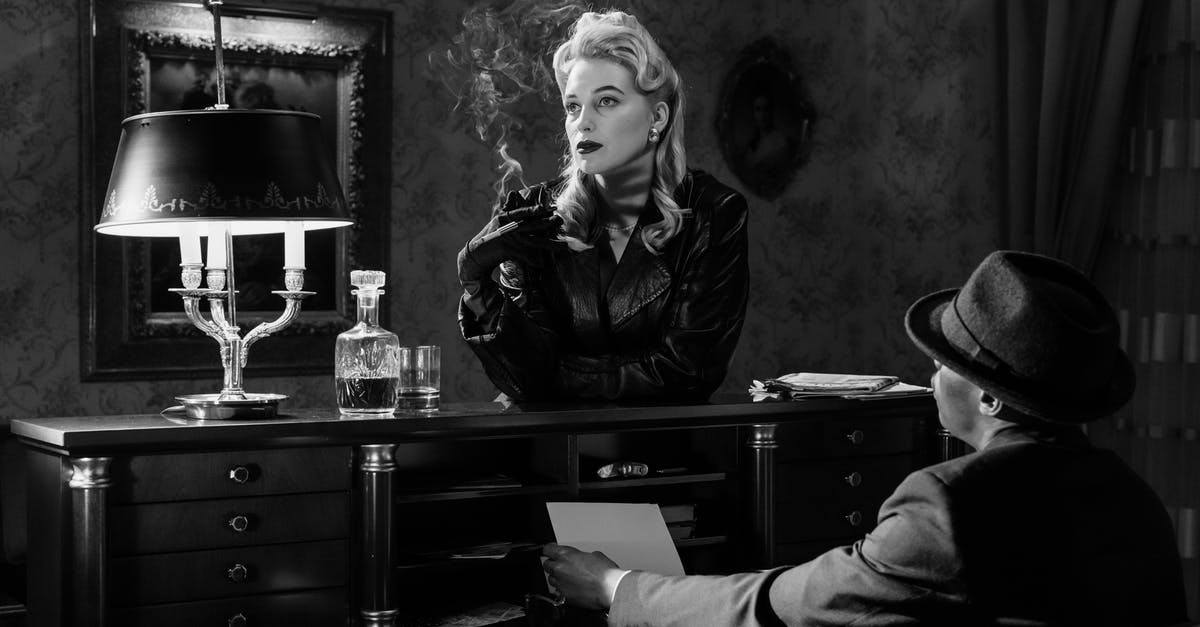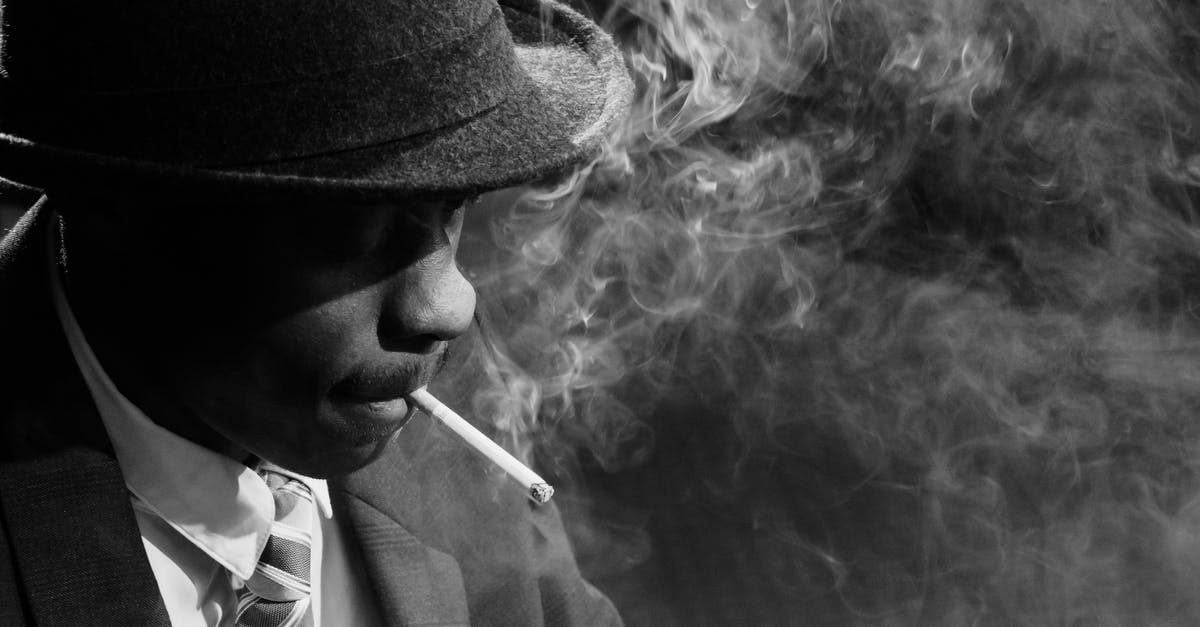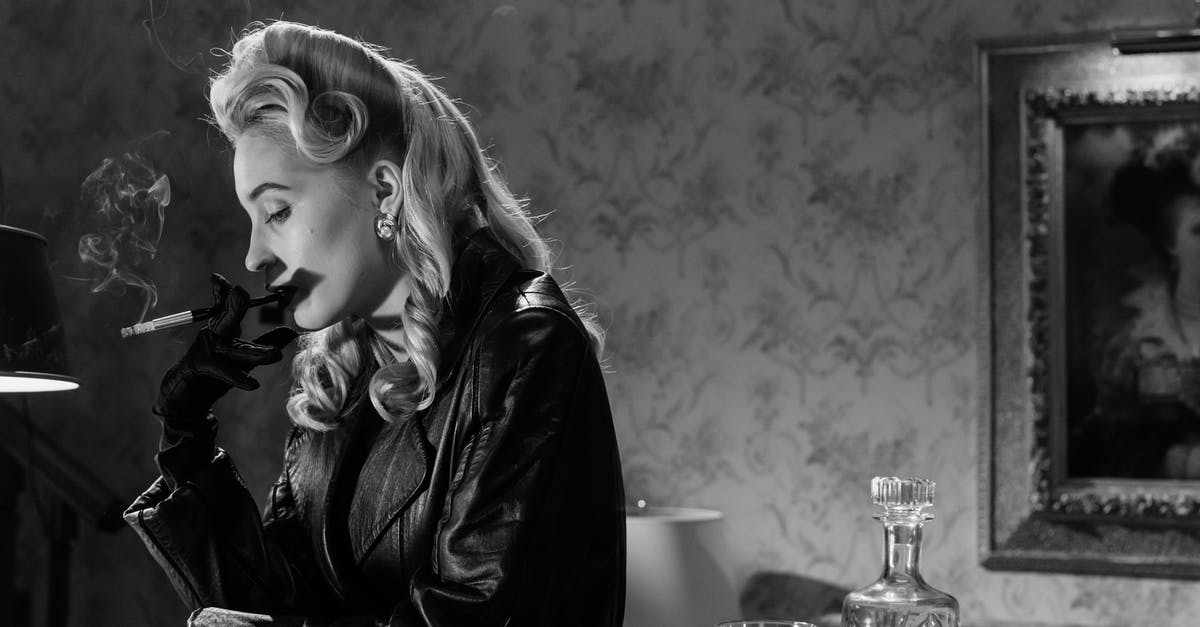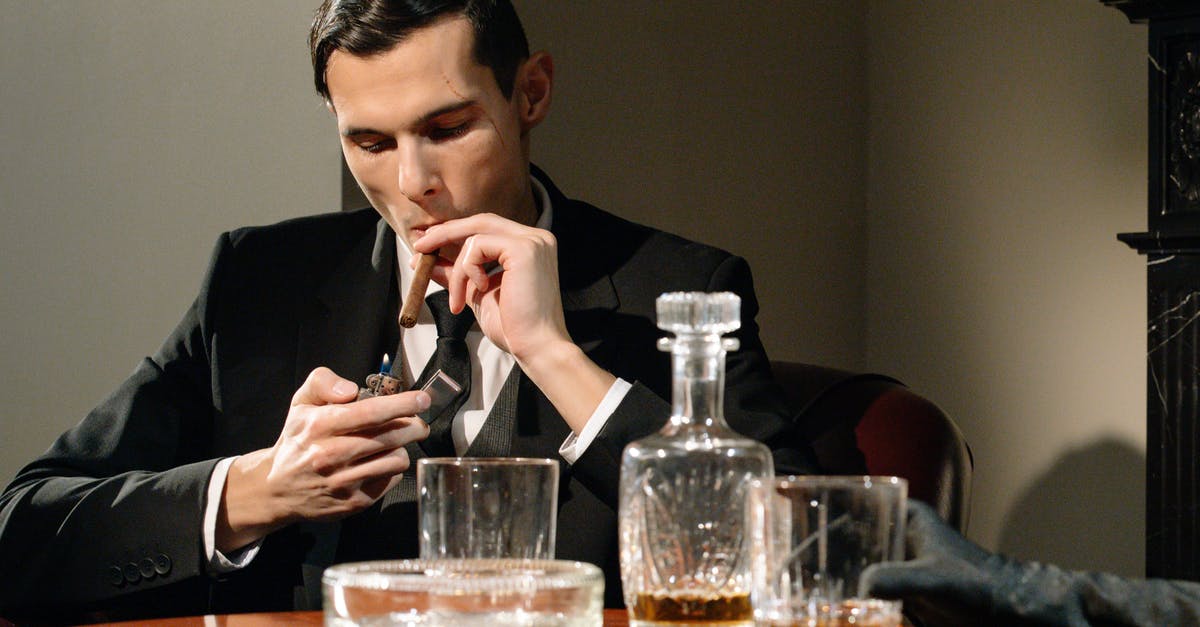Explanation of Bollywood movie No Smoking (2007)

No Smoking is by-far the most confusing movie I have ever watched. I didn't understand the plot at all. Here are some of my queries.
How did Baba Bengali know where K's flight would land even when he did not know where he was going himself? How does Baba Bengali know K's whereabouts every time? How does K wake up in a bath tub? Towards the end K sees himself...through a glass pane.
Could someone please explain what this movie was about and what it's main theme was?
Best Answer
TLDR:
The imprinted stamp on K's head enables Bengali to track him anywhere. Aside from that "simple" answer, your other questions require more detail...
Long Answer
I've not seen the film, but after some basic digging I'll try and answer some of our questions. It does appear to be an extremely bizarre movie that was critically panned for a number of reasons, including a disjointed plot which didn't always make sense. To try and answer some of the key questions you have:
- Baba Bengali is able to forcibly make people stop smoking. Part of his genius is that he always knows when people have smoked, regardless of where they are in the world.
At least that's the way the film makes it out to be.
Movie Synopsis:
Effectively, at its most basic level, the film is about smoking (obviously!). Our protagonist, K, is a chainsmoking narcissist who risks losing his wife if he doesn't stop smoking. He is recommended a visit to the Prayogshala, the rehabilitatoin center that never fails, by an old friend who originally introduced him to smoking.
K ignores all of this however and so his wife leaves him.
He is now forced to accept the treatment (against his will), as he has been left alone and wants her back. When he reaches the Prayogshala, it is evident that it is a kind of hell, where many mystic happenings are taking place.
Baba Bengali referred to the Prayogshala as, "Patal Lok." In Hinduism, that apparently means the world underneath us.
K is forced to sign a contract and has an antismoke stamp placed on his forehead. It appears to be through this stamp that his actions and whereabouts are always known to Baba Bengali.
There are four levels of punishment for if/when he smokes:
- The first offense is almost killing a loved one by keeping him/her in a chamber full of cigarette smoke the person has smoked in his entire life for a duration of 5 minutes.
- The second offense is losing a finger.
- The third offense is the death of a loved one.
- The last offense is taking the soul of the person from his body
As the film progresses, K fails twice and receives the first two punishments. He is then offered a lit cigar but refuses. Baba Bengali makes a mistake here however and believes he has accepted it. He takes K's wife, the third punishment. When K tries to angrily explain Baba Bengali's mistake, he is apologetic but relentless. K is broken at this point. Infuriated, bewildered, he calls the police. They don't believe him and force him to light another cigarette. Shortly afterwards, he discovers his brother has taken his own life (the "real" third punishment, since his wife was an accident).
At this point he snaps awake in an army base. He escapes from it and ends up stumbling upon a room where he appears to "accept" his treatment. Smoke fills the room, he wakes up in the real world, goes to the bathroom and realises he is missing two fingers.
Movie Explanation (or attempt thereof!):
Siberia - At the start of the film, K dreams about Siberia. This is a complete wilderness, symbolising his desire to escape his environment and be free - but even there, he cannot escape the smoking. It seems very likely that at the end of the film, when he wakes in the Russian army base, he is again in Siberia - but this time, the wildnerness has crumbled apart. There are others there with him and he realises this is the end. He must return to the real world and embrace change (i.e. give up smoking).
Sunglasses/Bathtub - K's sunglasses appear to symbolise his dark and gloomy life, whilst the bathtub is his place of pleasure and relaxation. It is the one place his mind is calm. Therefore, when he goes there at the end of the film and realises he is missing his fingers, he is realising this change calmly - in his environment of serenity. In other words, he is accepting it.
1 Rupee - The significance of the 1 rupee in the film, the small amount K couldn't afford to pay, symbolises the tiny things that all must be done to effect change. Without that last rupee, his treatment is incomplete. Similar to an alcoholic not attending AA meetings, for example.
Two fingers - Note that the fingers K loses at the end of the film are his smoking fingers. This symbolises his acceptance of the need to quit smoking. He is prepared to forsake his fingers (whether temporarily or permanently) to embrace change and improve, both for himself and his wife.
Hearing aids - Note at Prayogshala, all the patients have hearing aids. This symbolises their inability to listen to repeated requests to seek help and their need to be helped to achieve any level of treatment.
Final Comments:
The movie does appear to be extremely convoluted. Some have hailed it as a Lynchian masterpiece, but the consensus appears to be that the scenes do not all work in particularly great harmony. Was the whole film a dream? Was just the core part of the film a dream? Did he really lose his fingers at the end or was that just a symbolic scene? It's impossible to say (and the director hasn't commented).
Ultimately what is true is what you want to believe is true - something that always goes along with these psychedelic movies.
Sources:
http://phoenixanecdotes.wordpress.com/2013/03/27/movie-review-no-smoking-2007/
http://en.wikipedia.org/wiki/No_Smoking_(2007_film)
http://apoorvkhatreja.blogspot.co.uk/2007/12/no-smoking-uncovered.html
Pictures about "Explanation of Bollywood movie No Smoking (2007)"



No Smoking Movie Explained In Hindi | Anurag Kashyap | John Abraham | 9D Production
More answers regarding explanation of Bollywood movie No Smoking (2007)
Answer 2
To understand No Smoking you have to understand the psyche of the director at that point of time in his life. He had made 2 epic movies, Paanch and Black Friday, neither of which had seen the light of day. The former was banned by the censor board because they had some profound ideas like "Cinema is healthy entertainment, and your movie is neither healthy nor entertaining" and "You have a masturbation scene. Indians don't masturbate, why would you put such a scene in it". The latter was stuck up in a court case, while the book it was based on was published without any interference. From a reasonable man's point of view this isn't a rational but rather an absurd system with a set of loosely defined rules that can be interpreted in anyway the interpreter wants to. Anurag saw this system and rightfully so as Kafkaesque. This whole movie is him making fun of and protesting against this unreasonable system.
Baba Bangali represents the system and K is obviously Kashyap. The arrogant and nihilistic attitude of K is what Kashyap was perceived to be in those days by everyone when he wrote in his blogs against anyone and everyone he wanted to. One of the initial scenes in the movie is K standing in front of the mirror and saying "Nobody tells me what to do", representing the absolute refusal to be subservient of Kashyap. The movie is based on Stephen King's Quiiters Inc. and loosely influenced from Kafka's The Trial. While Quitters Inc. is closer to the story of No Smoking I think it's the influence of Kafka that forms the central idea of the movie. The Trial is about a man who is suddenly notified that he is under arrest. The cause of the arrest, the proceedings of the case, the functioning of the court and it's officials nothing is made clear to him. Kashyap sees the censor board as an equally absurd system. All the absurdness shown in relation to Prayogsala are added to give it an image of an unreasonable institution with bizarre ungraspable power.
There are a lot of symbolism in the movie. The first one is obviously that the cigarette is a metaphor for freedom of expression. When everyone around K is asking him to quit smoking you can easily connect the dots to what Kahyap was hearing from his near and dear ones. The fingers you hold your cigarette with are also the ones you hold your pen with. And hence the loss of fingers when K is completely treated by Baba Bangali is the loss of the freedom and/or power to express. The bathtub isn't really as important as the thing inside the bathtub is- water. Water has been used as a symbol for the transition between K's conscious and the subconscious. The Siberian scene where K doesn't understand anything happens inside his subconsciousness, is a metaphor for his failure to understand why people are against his freedom of expression how absurd everything feels from his point of view. Hence the line "I am on TV, I can't understand what's written, it is something similar to how its written on Vodka's bottle." So every time K wakes up in the water it is a transition from one the physical to the mental.
Near the end Kashyap compares Baba Bengali and hence the censor board with a fascist dictator. The kind of people who are the devotees of Baba Bangali are again, you guessed it, symbolic. The big strong men with the tilaks are the unquestioning subservient men with a strong belief on the head of the state. While the dwarves are meek men who follow the orders out of fear, the women and the children are the oppressed without any power or say in the system. The major aim of Baba Bagali is making people quit smoking (quit expressing their opinions). At the end when K is completely treated, the rebellious heretic inside K which has been separated from him, cries when looking at what he has become. The building at end which K's soul finds itself in is inspired from the holocaust camp at Auschwitz.
tl;dr: No Smoking is a look inside Kashyap's brain on how India's irrational system that murders the freedom of expression with an efficiency that's comparable to Holocaust.
Answer 3
This movie has nothing to do with smoking. It is all about the inner conflict of a man trying to fight with himself to get free from something, and at the same time, deep inside, he derives freedom from the vive he wants to kill.
Recommended watch - 'eternal sunshine of the spotless mind'.
Watch no smoking again after reading this, hope you will get this time.
Answer 4
Not that I am expert in Psychology or sociology but it is possible to control mind of a person during sleep. The concept is similar as shown in Inception. But the twist is you really don't need to enter in the dreams of the person.
K was drugged on several instances. When he wakes up, superficial scenes? were created and he thinks that he is in dream (which was not) or in a supernatural state. When he is close to figure things out, he is drugged again and transferred in new state.
Scene like K moving to Africa is actually created by Baba himself. He thinks that he is going to Africa via some unknown destinations is a whole drama which K was oblivious of. He is regularly drugged. When he described the plan to his office staff (then maybe his wife/secretary) told baba. When he reaches airport then he is drugged and transferred to a plane which is about to land, say in Delhi. J wakes and thinks that he boarded the flight and is in delhi. Then he boards the plane for an unknown destination (Africa) but baba knows that he is going to Africa so he tracks them. There baba's team see him smoke and wrongly confront that k's brother has been exposed to gas chamber. K returns but he never knows the reality (it is possible that his family members were also part of the act). Similarly, baba might be playing with his mind in all scenes by regulary drugging him and creating artificial scenes.
I know there is no real explanation and the ending was left for users to interpret, but this could be a reasonable explanation.
Answer 5
What actually went on no one knew as the director forbade himself to extricate the woven mysteries.
What I think is this:
- Name K: It may be that director started the movie with his freedom of expressions in mind as his 2 movies went wrongly discarded by censor-board.
Now, the most important:
- K's brother: K has no real brother. K's brother is K himself. Now mix things. See, from the beginning it was clear that there is some confusion about his brother. Actually K's brother is real K, who has lived in Germany... and has a strong thought of Hitler and Concentration camps.
- Syberia bondage: Actually K has lived the most part of his life in Germany, and Germany has a very straight and strong connection with Russia. What you see in your dreams is what you have been through your whole day or life, means since K's entire life has gone through by reading and listening to the ordeal that Russian army imparted to Germans.
- who is K: Therefore 'K' is some kinda rich arrogant businessman who lived his maximum life in Germany and then came back to India for business and thus learnt both Hindi and German.He has left with only one lung and is suffering from asthma. When Baba Bangali said that his contribution to his brother's illness is some percentage not hundred... It means his illness is not merely due to smoking but asthma and passive smoking are also the other factors. Then what about his friend's mother who got tormented because of his son's smoking is that he convoluted the things... like his brother is ill due to him therefore her mother illness is only due to his not obeying baba's rules. and his phone call to him for taking his reference is his imagination.
- Baba Bengali: He is a doctor who has been treating 'K'. How he knows that he is smoking is that whatever he does, his body reflects i.e. the body of his brother reflects. so no one hides from him, if he signs on the agreement.his statement about the subsidy clearly reflects that he is some government hospital doctor.
- The ladies with burkhas: Ladies don't show their faces to the addict, it may be due to they are directly involved in their treatment and don't want to reveal themselves.'Directly involve' means informing Doctor Bangali about the patient. Here Aisha Takia may be in the naqab. the children and woman there are signs of life of family if anybody ends his/her life by smoking.
Answer 6
Entire movie is about state of mind of K. He is born without 2 fingers. He overthinks about that and gets dreams that someone cut his fingers because of his smoking habit. In reality he is a non-smoker.
Answer 7
What I think is that baba came to know about the person's location by the hand print which was taken forcefully when he enters the proghsala, as all the info about his name and profession came on that tablet.
Sources: Stack Exchange - This article follows the attribution requirements of Stack Exchange and is licensed under CC BY-SA 3.0.
